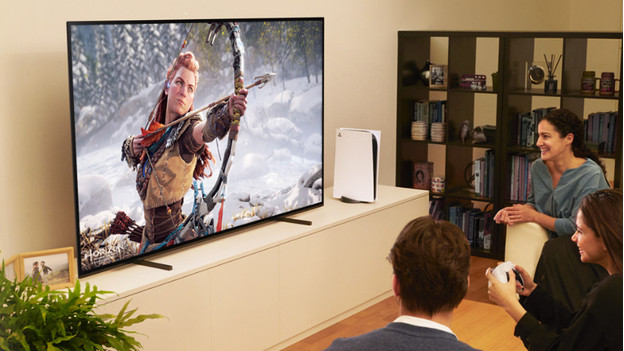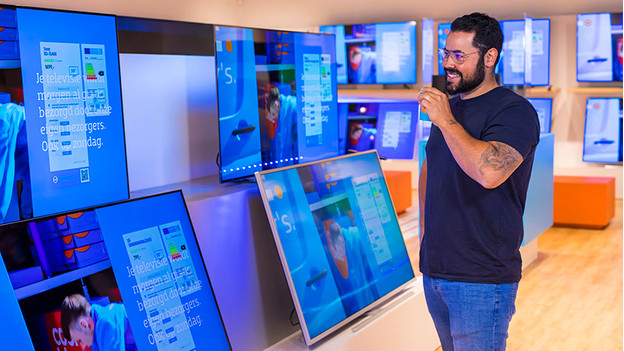Which HDR format should you choose?
In short
| HDR format | Supported by video source | Supported by gaming console |
|---|---|---|
| HDR 10 | HDR Blu-rays, Netflix, iTunes, Amazon Prime Video | Xbox One X, Xbox One S, Xbox Series X, PlayStation 4, PlayStation 4 Pro, PlayStation 5 |
| HDR10+ | Amazon Video, Ultra HD Blu-rays from 20th Century Fox and Warner Bros | |
| Dolby Vision | Ultra HD Blu-rays, Disney+, Amazon Prime Video, Netflix, iTunes | Xbox Series X, Xbox One X, Xbox One S |
| HLG | YouTube | - |
HDR10

HDR 10 is the most common HDR format. HDR Blu-rays and streaming services like Netflix, iTunes, or Amazon Prime video use this format. An added benefit is that most modern gaming consoles support HDR10, such as the Xbox Series X or PlayStation 5. That makes an HDR10 TV a good choice if you game a lot. HDR10 works with static meta data. Simply put, the TV receives a code that tells it what color and brightness settings the film or game should have.
HDR10+

HDR10+ doesn't send static, but dynamic meta data to the TV. In this case, the image settings are determined separately for every scene or frame. That way, you enjoy the optimal brightness and color representation for every image. Currently, only Amazon Video and a limited number of HDR Blu-rays support HDR10+. What is interesting about this format is that filmmakers don't have to pay extra license fees to use it. There is a big chance HDR10+ will be used for more and more movies and series because of that.
Dolby Vision

Aside from HDR10, Dolby Vision is most commonly supported. You watch these images in the movie theater, with HDR Blu-Rays, or via Netflix, for example. The new Xbox Series X also supports Dolby Vision. Just like HDR10+, Dolby Vision uses dynamic meta data that provides the optimal settings for every individual image. When it comes to brightness and color depth, Dolby Vision has more options than most current TVs can handle. That makes this format future-proof.
HLG

HLG is hardly used at the moment and is mostly interesting for the future. The advantage of HLG images is that they also work when you don't have an HDR TV. Even on an SDR TV, these images look more colorful and contrasting than standard images. That is why the use of HLG is a logical choice for TV channels that want to broadcast in HDR. There are no broadcasts in HDR at the moment, but this will probably change in just a few years.
Personal advice

Want personal advice? The television experts in our stores are happy to help you. Click the button on this page to get an overview of all Coolblue stores.


